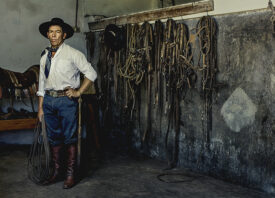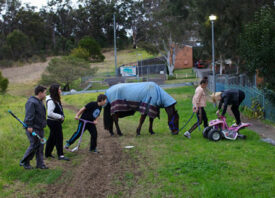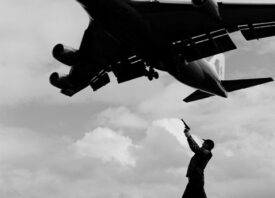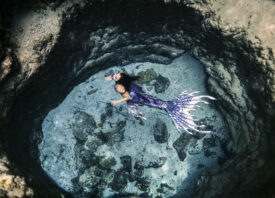Search this site
Color and Light in a Unique Suburb of Sydney


Sydney-born photographer Markus Andersen first visited the suburb of Cabramatta two years ago. A memorial had recently been set up in the main square honor of those who lost their lives in the 2014 Sydney hostage crisis, and moved by the scene, the photographer found himself wandering the streets.
Over the course of one year, from Lunar New Year 2015 to Lunar New Year 2016, Andersen returned to photograph life in Cabramatta. This year, he presents Cabramatta: a moment in time, a catalog of his recollections, out soon by T&G Publishing.
“Cabramatta is a extremely visceral experience,” the artist explains, “there is no other place like it in Australia.”
As editor Fiona Upward explains in the book’s introduction, the suburb came into itself at the close of the Vietnam War. As refugees fled, the migrated to Sydney and made this corner of the world their own. The built a home for their families and carried with them the traditions of their homelands in Vietnam, Laos, and Cambodia.
Though Andersen has long worked in black and white, he couldn’t help but witness Cabramatta in color. Under the hot sun, fruit vendors sold rambutan and persimmon, dragon fruit and sugar cane. The air smelled of saltwater fish and incense. Here and there, the photographer found monks, murals, and magic.
Curator Claire Monneraye of the Australian Centre for Photography draws comparisons between Andersen’s Cabramatta and the work of Alex Webb. Indeed, the light becomes the central figure in this book; mankind exists only where the light allows him to.
“I paint with light,” the photographer says, “Light is a living, breathing entity. Subjects swim in it and are engulfed.”
The Australian Centre For Photography will exhibit work from Cabramatta: a moment in time in 2017. The book is now available via T&G Publishing.











All images © Markus Andersen



